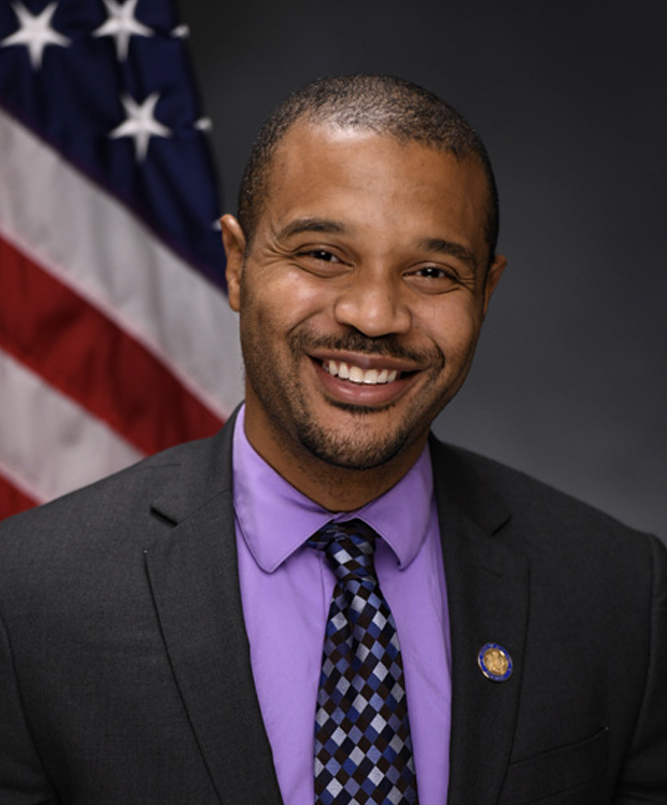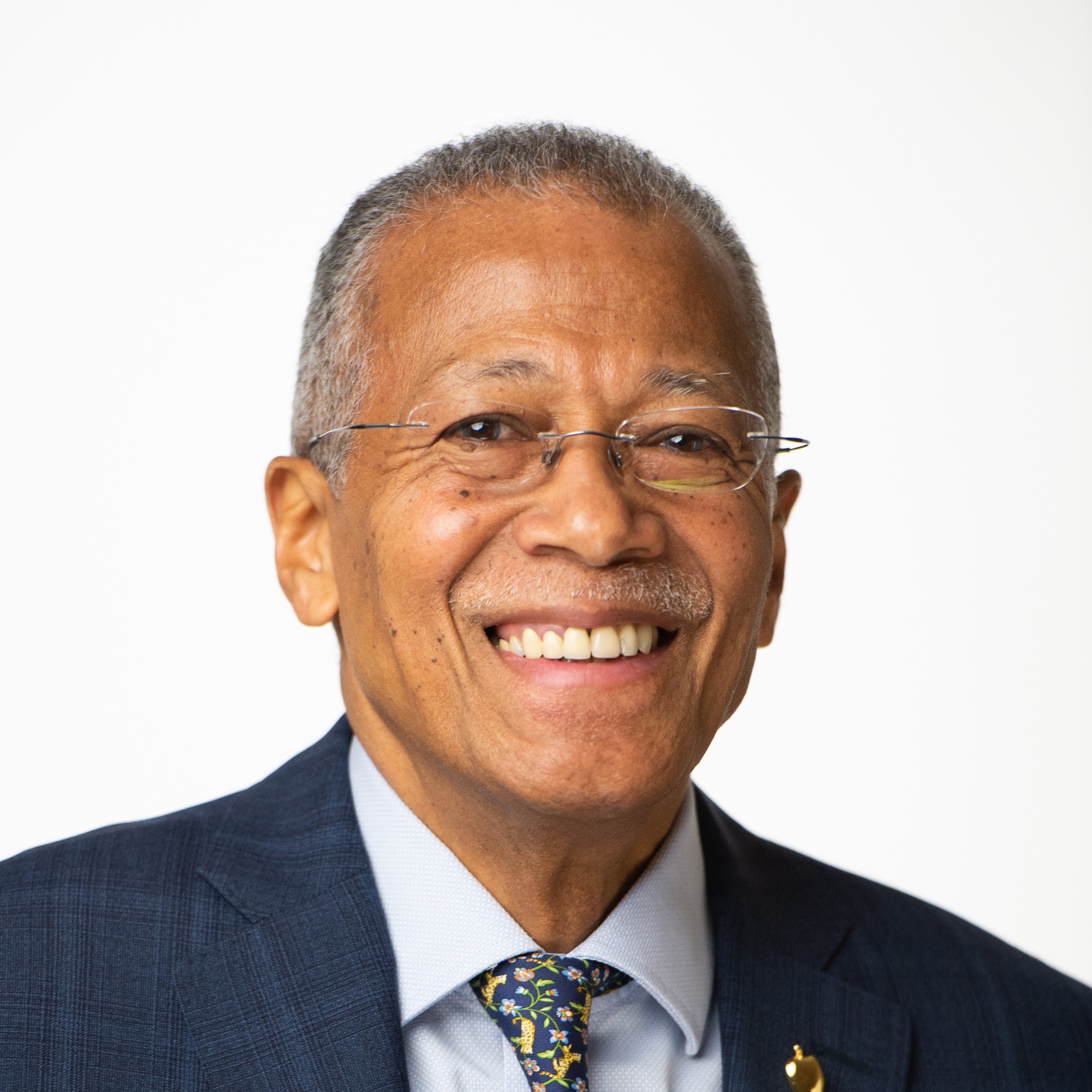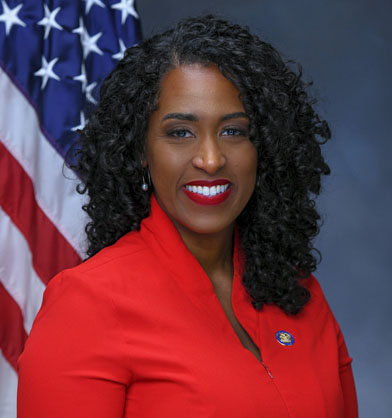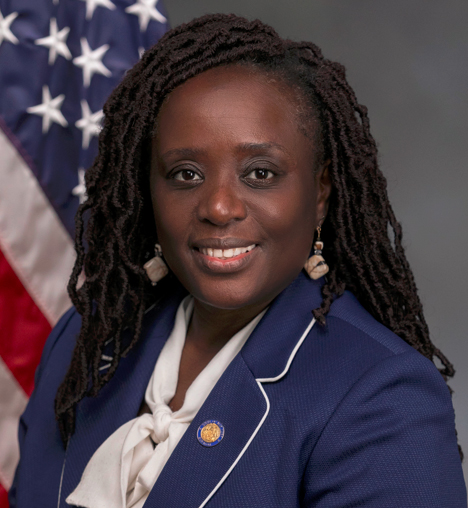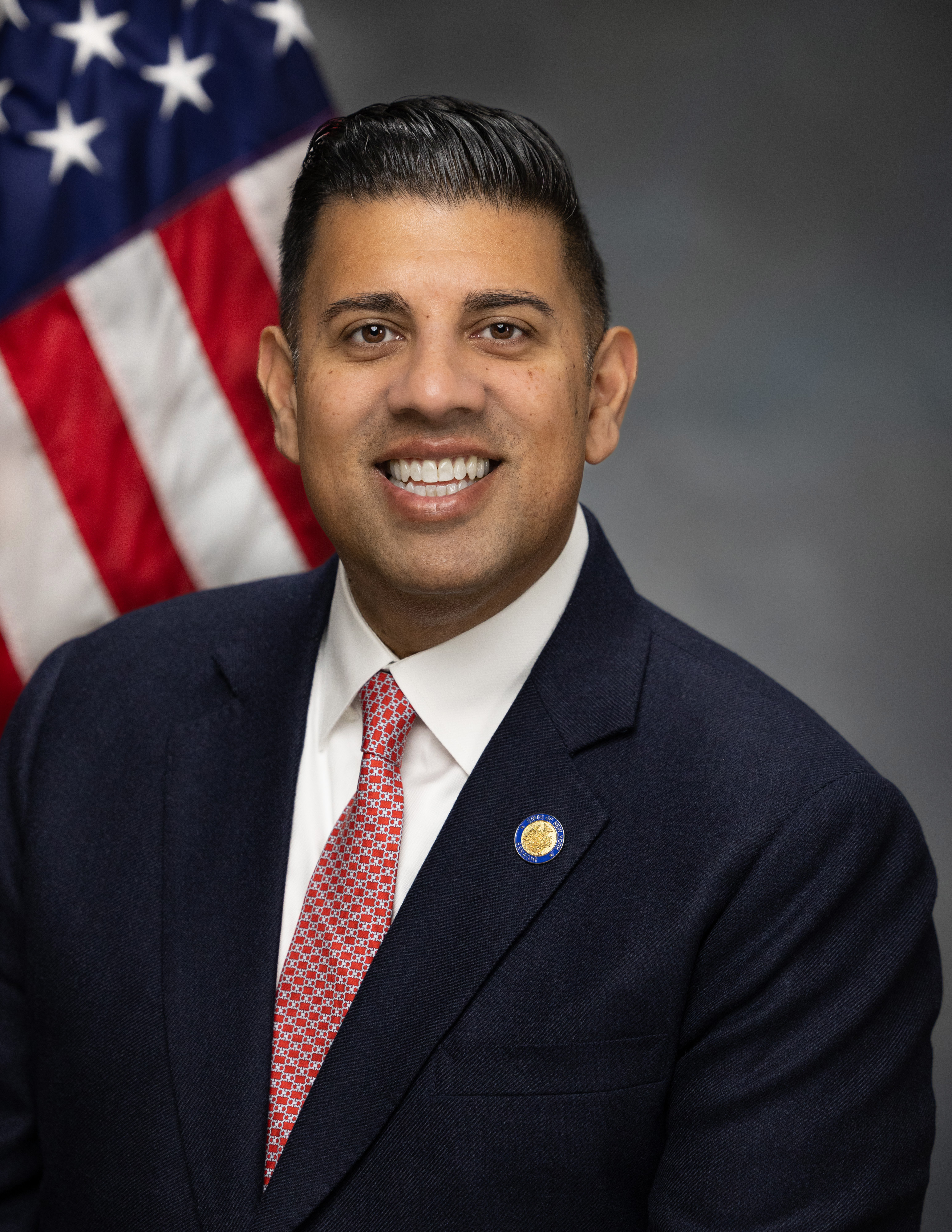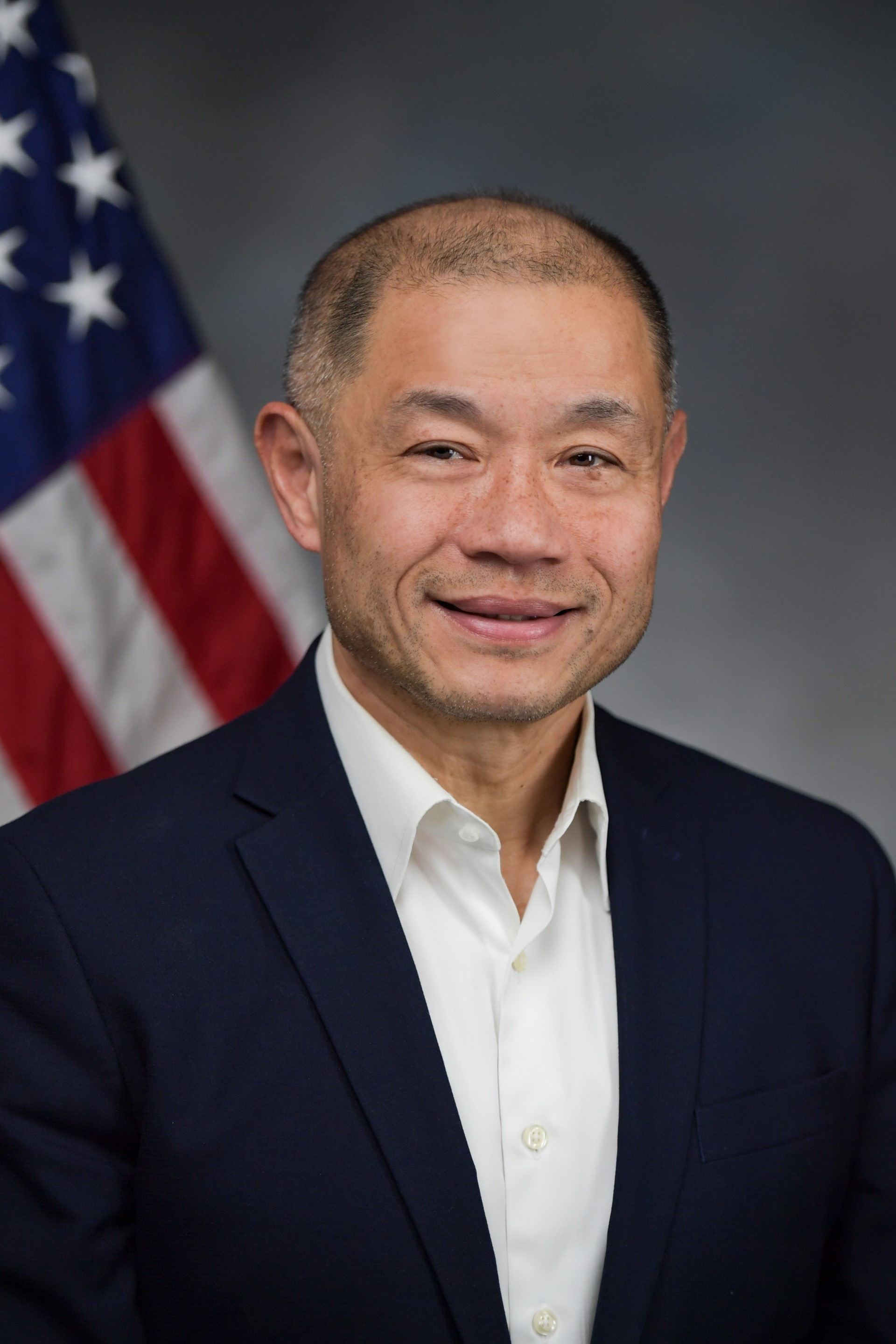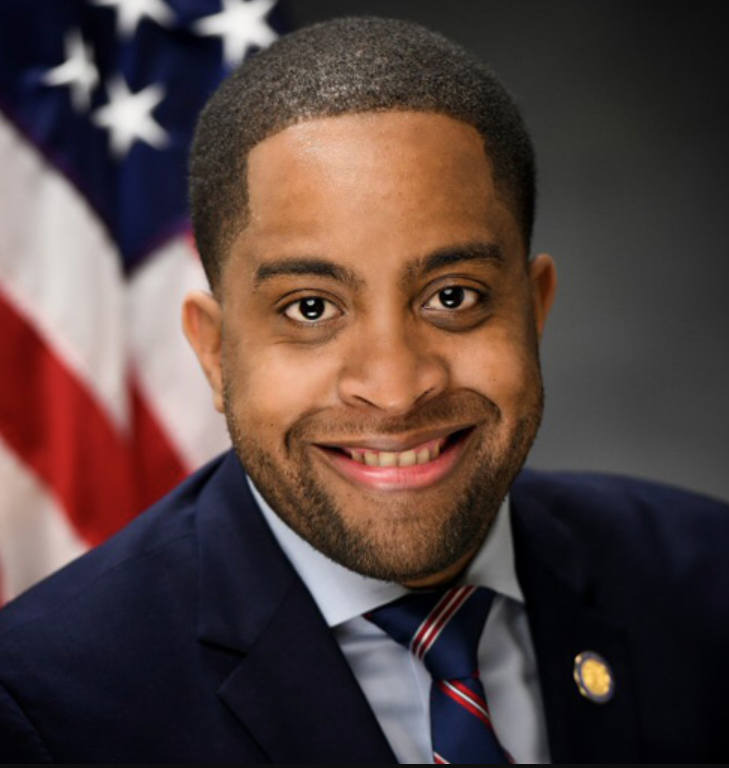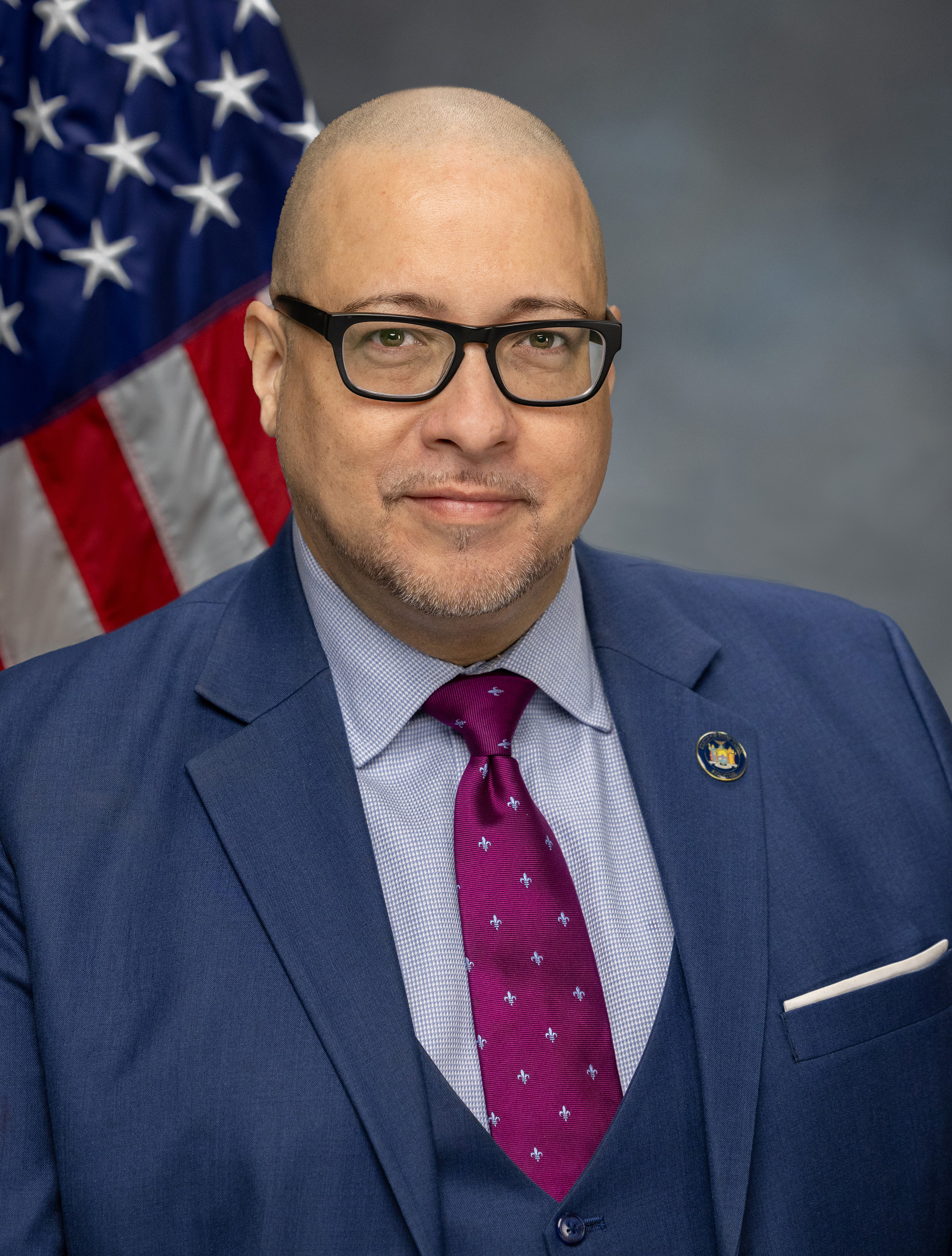| Date of Action |
Assembly Actions -
Lowercase Senate Actions - UPPERCASE |
|---|---|
| Jan 05, 2022 |
referred to finance |
| Jun 07, 2021 |
referred to rules |
Senate Bill S7215
2021-2022 Legislative Session
Sponsored By
(D, WF) 25th Senate District
Archive: Last Bill Status - In Senate Committee Finance Committee
Actions
co-Sponsors
(D, WF) 31st Senate District
(D) 36th Senate District
(D, WF) Senate District
(D, WF) 55th Senate District
2021-S7215 (ACTIVE) - Details
- See Assembly Version of this Bill:
- A9435
- Current Committee:
- Senate Finance
- Law Section:
- Civil Rights
- Versions Introduced in Other Legislative Sessions:
-
2017-2018:
A7274
2019-2020: A3080
2021-S7215 (ACTIVE) - Summary
Relates to acknowledging the fundamental injustice, cruelty, brutality, and inhumanity of slavery in the city of New York and the state of New York; establishes the New York state community commission on reparations remedies to examine the institution of slavery, subsequently de jure and de facto racial and economic discrimination against African-Americans, the impact of these forces on living African-Americans and to make recommendations on appropriate remedies; provides for the repeal of such provisions.
2021-S7215 (ACTIVE) - Sponsor Memo
BILL NUMBER: S7215
SPONSOR: BRISPORT
TITLE OF BILL:
An act to acknowledge the fundamental injustice, cruelty, brutality and
inhumanity of slavery in the city of New York and the state of New York;
to establish the New York state community commission on reparations
remedies, to examine the institution of slavery, subsequently de jure
and de facto racial and economic discrimination against African-Ameri-
cans, and the impact of these forces on living African-Americans and to
make determinations regarding compensation; and providing for the repeal
of such provisions upon expiration thereof
SUMMARY OF PROVISIONS:
Section one provides that this act shall be known and may be cited as
the "New York state community commission on reparations remedies."
Section two sets for the legislative intent.
Section three establishes the duties of the commission.
2021-S7215 (ACTIVE) - Bill Text download pdf
S T A T E O F N E W Y O R K
________________________________________________________________________
7215
2021-2022 Regular Sessions
I N S E N A T E
June 7, 2021
___________
Introduced by Sen. BRISPORT -- read twice and ordered printed, and when
printed to be committed to the Committee on Rules
AN ACT to acknowledge the fundamental injustice, cruelty, brutality and
inhumanity of slavery in the city of New York and the state of New
York; to establish the New York state community commission on repara-
tions remedies, to examine the institution of slavery, subsequently de
jure and de facto racial and economic discrimination against African-
Americans, and the impact of these forces on living African-Americans
and to make determinations regarding compensation; and providing for
the repeal of such provisions upon expiration thereof
THE PEOPLE OF THE STATE OF NEW YORK, REPRESENTED IN SENATE AND ASSEM-
BLY, DO ENACT AS FOLLOWS:
Section 1. This act shall be known and may be cited as the "New York
state community commission on reparations remedies".
§ 2. Legislative intent. Contrary to what many people believe, slav-
ery was not just a southern institution. Prior to the American Revo-
lution, there were more enslaved Africans in New York City than in any
other city except Charleston, South Carolina. During this period, slaves
accounted for 20% of the population of New York and approximately 40% of
colonial New York's households owned slaves. These slaves were an inte-
gral part of the population which settled and developed what we now know
as the state of New York.
The first slaves arrived in New Amsterdam, a Dutch settlement estab-
lished at the southern tip of Manhattan Island, around 1627. These
enslaved Africans did not belong to individuals, but worked for the
Dutch West India Company. The Dutch East India Company had established
Fort Amsterdam, a fortification located on the southern tip of the
island of Manhattan, for the purpose of defending the company's fur
trade operations in the North River, now known as the Hudson River. In
1624, New Amsterdam became a provincial extension of the Dutch Republic
and it was designated the capital of the province in 1625.
EXPLANATION--Matter in ITALICS (underscored) is new; matter in brackets
[ ] is old law to be omitted.
Comments
Open Legislation is a forum for New York State legislation. All comments are subject to review and community moderation is encouraged.
Comments deemed off-topic, commercial, campaign-related, self-promotional; or that contain profanity, hate or toxic speech; or that link to sites outside of the nysenate.gov domain are not permitted, and will not be published. Attempts to intimidate and silence contributors or deliberately deceive the public, including excessive or extraneous posting/posts, or coordinated activity, are prohibited and may result in the temporary or permanent banning of the user. Comment moderation is generally performed Monday through Friday. By contributing or voting you agree to the Terms of Participation and verify you are over 13.
Create an account. An account allows you to sign petitions with a single click, officially support or oppose key legislation, and follow issues, committees, and bills that matter to you. When you create an account, you agree to this platform's terms of participation.
